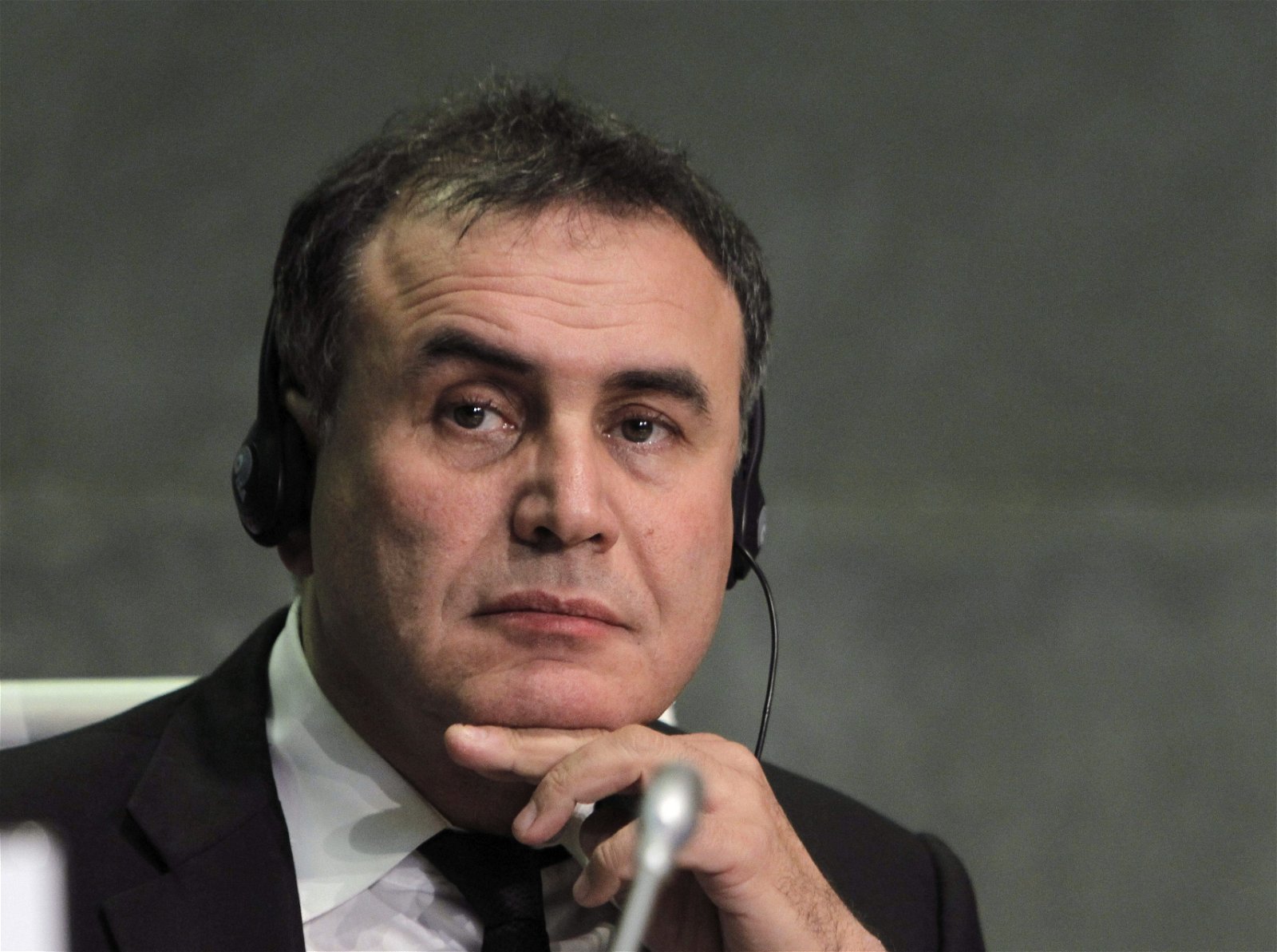published on if •
4 minus read
—
In recent weeks, the term ‘stagflation’ has been popping up more and more in international media. Especially the economist Nouriel Roubini warns of this – and he is getting more and more support from his colleagues. But what exactly is this and why is it problematic?
–Why is this important?
Roubini is not the first the best. In 2006 he warned the International Monetary Fund (IMF) about the American real estate crisis (which subsequently led to the credit crisis). It never hurts to listen to someone like that.The definition: ‘Stagflation’ is a combination of ‘stagnation’ and ‘inflation’. It is therefore the situation where inflation is high (money depreciation and skyrocketing prices), economic growth slows down, and unemployment remains high.
- Stagflation was first identified in the 1970s, when many developed economies experienced rapid inflation and high unemployment as a result of the oil crisis.
- When the Yom Kippur War suddenly quadrupled the oil price (Saudis were angry that the West sided with Israel and started pumping less and less oil) and unions demanded compensation for the increased cost of living, what had previously seemed economic science fiction happened. : stagflation.
- Since the 1970s, rising price levels during periods of slow or negative economic growth have become the norm rather than the exception.
- In recent decades, the Japanese economy in particular has become the epitome of stagflation.
How does stagflation arise?
The greatest danger comes Roubini of central banks and governments. Governments around the world have built up so much debt that central banks are obliged to keep interest rates low. If interest rates were to go up quickly, most governments would run into financing problems.
- Specifically: the Institute for International Finance has calculated that the global debt ratio has grown to 356 percent of the total GDP of all countries, it knows The Financial Times.
- That debt continues to rise due to corona expenditure. For example, the US has set aside USD 1,900 billion for support measures (after it previously spent USD 3,900 billion), and the European Commission wants to spend 800 billion extra to combat the economic effects of the corona crisis.
According to Roubini, continuing this monetary policy could quickly cause the bond and credit markets to crash. “And then the stock market, which would be the starting point for a recession. Central banks have lost their independence,” he says in The Guardian.
Although Roubini is not ready for his first false prophecy of doom, the current situation in the financial markets is very similar to that in the 1970s: huge government deficits, low interest rates and politicians who dismiss inflation figures. Meanwhile, Roubini has also received support from economics professor Mohamed El-Erian: “Stagflation must become the biggest concern of our economy, because if it really goes through, nobody’s money is safe,” he said this week on CNBC.
How problematic is it for us?
Erik Joly, chief economist of ABN Amro, late in The newspapaer to note that he expects it to be all right with all of us. After all, inflation in Europe is much lower than in the US. If they will feel it anywhere, it will be in the world’s largest economy.
Still, it remains to be careful: the consequences of American stagflation will also be felt here – countries and continents are simply intertwined in the global economy. Because: “if companies start to sell less, due to possible new lockdowns, those companies will make less profit. Less profit leads to a fall in the stock market value. And if the stock market falls in the US, then (…) it falls with us too. So stagflation, even if confined to the US, is bad news for anyone who puts savings into the stock market.”
Read also: Reagan’s budget director: “A crash of epic proportions is coming – hold gold as insurance”


